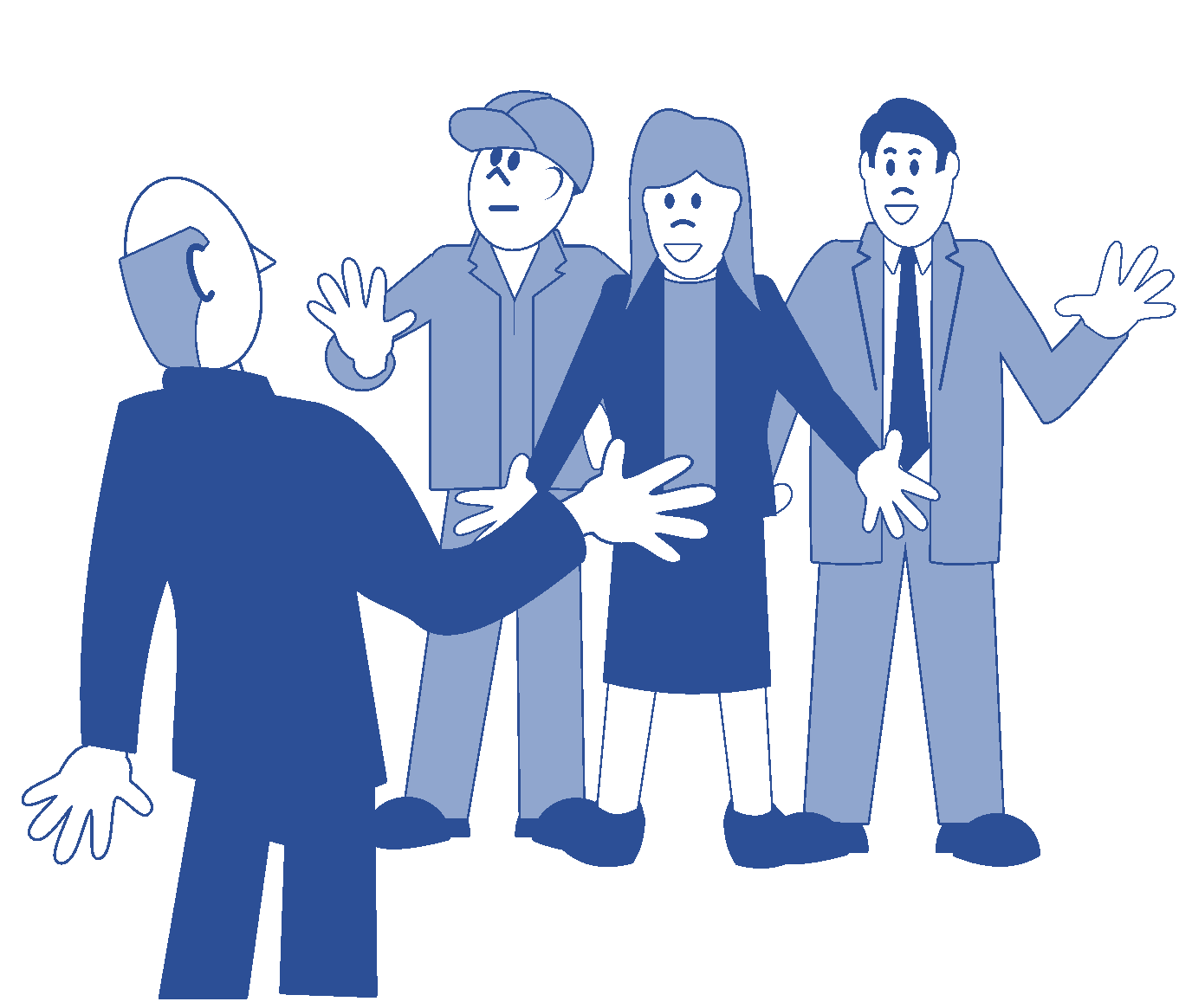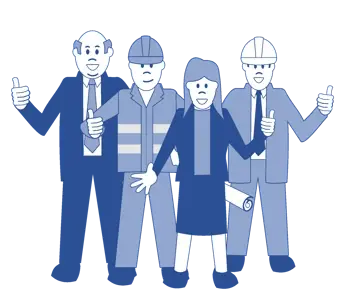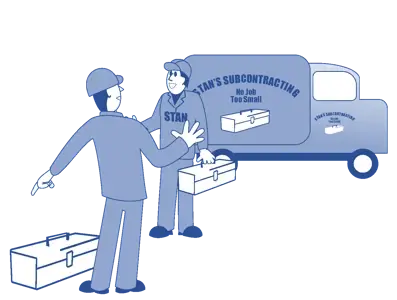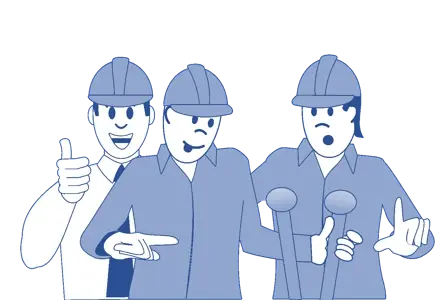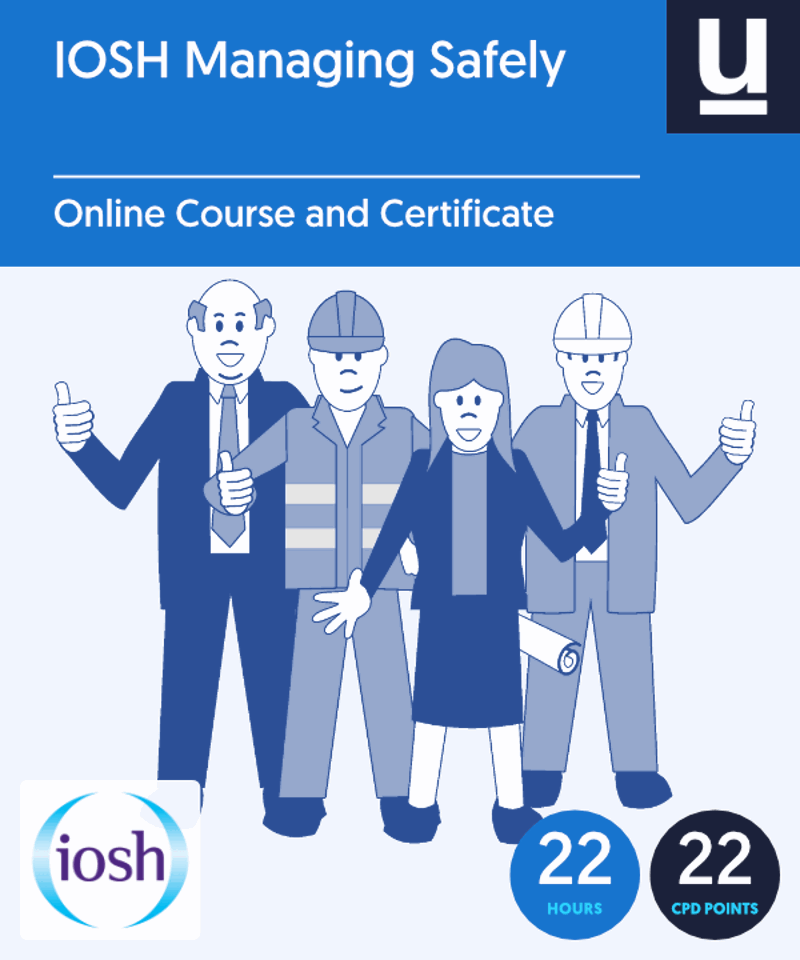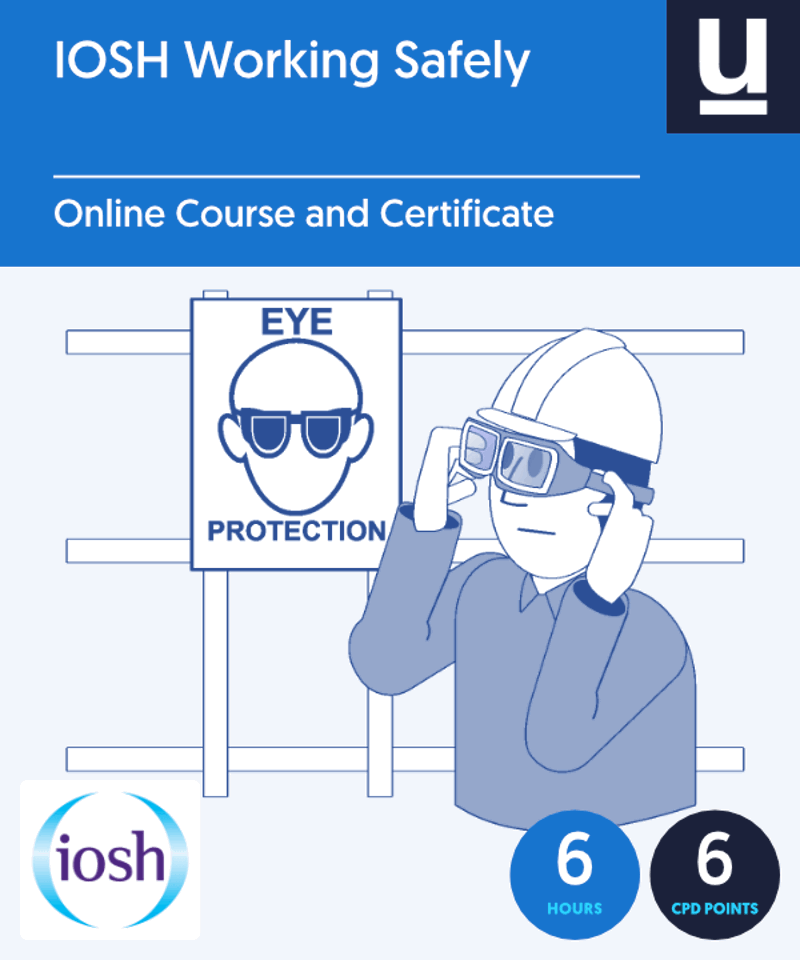How Does Employment Status Affect Health and Safety Law?
Your employer responsibilities under health and safety law at work change depending on whether a person is an employee, worker, or self-employed.
Below is a quick overview.
Health and Safety Duties for Employees
Employers must:
Assess risks in the workplace
Have a clear health and safety policy
Share health and safety arrangements with all staff
Provide information, instruction, training, and supervision
Offer health surveillance if needed
Review safety measures regularly
Supply personal protective equipment (PPE) if required (read more about this in our PPE Knowledge Bank article)
These steps help protect employees from serious hazards and keep your workplace safety standards high.
Health and Safety for Workers
Even without a full written contract, workers have legal protection under the general duty to safeguard anyone affected by work activities.
For example:
Workers must receive clear instructions and relevant training
Employers must control workplace risks
Agency workers need agreed safety arrangements between the agency and the business
Which health and safety legislation recognises workers?
Some pieces of health and safety legislation explicitly provide workers with greater rights. One example of this is the Personal Protective Equipment at Work Regulations 1992, which, on 6 April 2022, were amended to give workers the same right to personal protective equipment as employees have.
Health and Safety for the Self-Employed
Most self-employed people must take reasonable care of their own safety and that of others. However, certain regulations — like working with hazardous materials — may place extra responsibilities on the business hiring them.
Always check if your type of work or industry imposes extra duties for self-employed contractors.
Why Does Getting the Right Employment Status Matter?
Choosing the right employment status is essential for:
Providing the correct benefit eligibility and unemployment benefits
Protecting staff with the right health insurance or health programs
Meeting your legal duties for workplace safety and the general duty under the Health and Safety at Work Act
Tax purposes
If you’re unsure, seek legal advice before hiring a new hire or setting up a type of employment status. This protects both your business and your people.
Final Thoughts: Protecting Health and Safety for All Employment Statuses
No matter your company’s size, from small businesses to large organisations, understanding the link between employment status and health and safety law helps you protect your team, avoid fines, and build trust.
Need Help Managing Health and Safety at Work?
Our IOSH Managing Safely and Level 3 Workplace Health and Safety training courses are a great option for managers, supervisors, and small business owners who want practical knowledge of their employer responsibilities.

